ISLAMIC QAJAR PAINTED VESSEL Early 19th century AD A tall bronze piriform jar with flared base, collar to the neck, everted rim; the surface painted with a background of dense foliage and reserved polychrome panels depicting female busts, flowers, perching birds, scenes of armed men fighting and hunting lions. 3.6 kg, 49cm (19 1/4"). Fine condition, some abrasion and usage wear. Provenance Private collection, London, UK; formerly with Persepolis Gallery, Mayfair, London, UK; in the 1980s. Footnotes From their roots as a Turkmen tribe of shepherd-warriors centered in Azerbaijan, the Qajar Dynasty would become a fully assimilated Perso-Islamic monarchy that reunified Persia and, through their modernisation programs, laid the foundation for the modern nation-state now known as Iran. The Central Asian origins of the Qajar dynasty are illustrated through the art of the time which draws on themes popular among the nomadic people of the area as well as traditional Islamic patterns and designs. The Qajar period is now increasingly recognised as a time of significant change in Persian society. Perhaps the most obvious influence was the impact of Western ideas and technology, which accompanied the diplomats, military and technical advisers, merchants, travellers, and missionaries who flocked into 19th-century Persia. Qajar art is characterised by an exuberant style and flamboyant use of colour, which became more emphatic as the 19th century progressed; here Persian art may be compared with developments in 19th-century Europe, where technological mastery made virtuoso forms of decoration possible. A particularly important feature of Qajar art is the richness of its iconography. Flowers (especially roses and irises), foliage, and fruit function both as central and supporting motifs. There are views of pastoral landscapes and buildings mainly inspired by imported European illustrations. There are also many narratives. Nostalgia for Persia’s past is reflected in scenes of Sasanian rulers, traditional themes of Persian literature, and more recent battles with the Ottoman Turks and Mughals.
ISLAMIC QAJAR PAINTED VESSEL Early 19th century AD A tall bronze piriform jar with flared base, collar to the neck, everted rim; the surface painted with a background of dense foliage and reserved polychrome panels depicting female busts, flowers, perching birds, scenes of armed men fighting and hunting lions. 3.6 kg, 49cm (19 1/4"). Fine condition, some abrasion and usage wear. Provenance Private collection, London, UK; formerly with Persepolis Gallery, Mayfair, London, UK; in the 1980s. Footnotes From their roots as a Turkmen tribe of shepherd-warriors centered in Azerbaijan, the Qajar Dynasty would become a fully assimilated Perso-Islamic monarchy that reunified Persia and, through their modernisation programs, laid the foundation for the modern nation-state now known as Iran. The Central Asian origins of the Qajar dynasty are illustrated through the art of the time which draws on themes popular among the nomadic people of the area as well as traditional Islamic patterns and designs. The Qajar period is now increasingly recognised as a time of significant change in Persian society. Perhaps the most obvious influence was the impact of Western ideas and technology, which accompanied the diplomats, military and technical advisers, merchants, travellers, and missionaries who flocked into 19th-century Persia. Qajar art is characterised by an exuberant style and flamboyant use of colour, which became more emphatic as the 19th century progressed; here Persian art may be compared with developments in 19th-century Europe, where technological mastery made virtuoso forms of decoration possible. A particularly important feature of Qajar art is the richness of its iconography. Flowers (especially roses and irises), foliage, and fruit function both as central and supporting motifs. There are views of pastoral landscapes and buildings mainly inspired by imported European illustrations. There are also many narratives. Nostalgia for Persia’s past is reflected in scenes of Sasanian rulers, traditional themes of Persian literature, and more recent battles with the Ottoman Turks and Mughals.
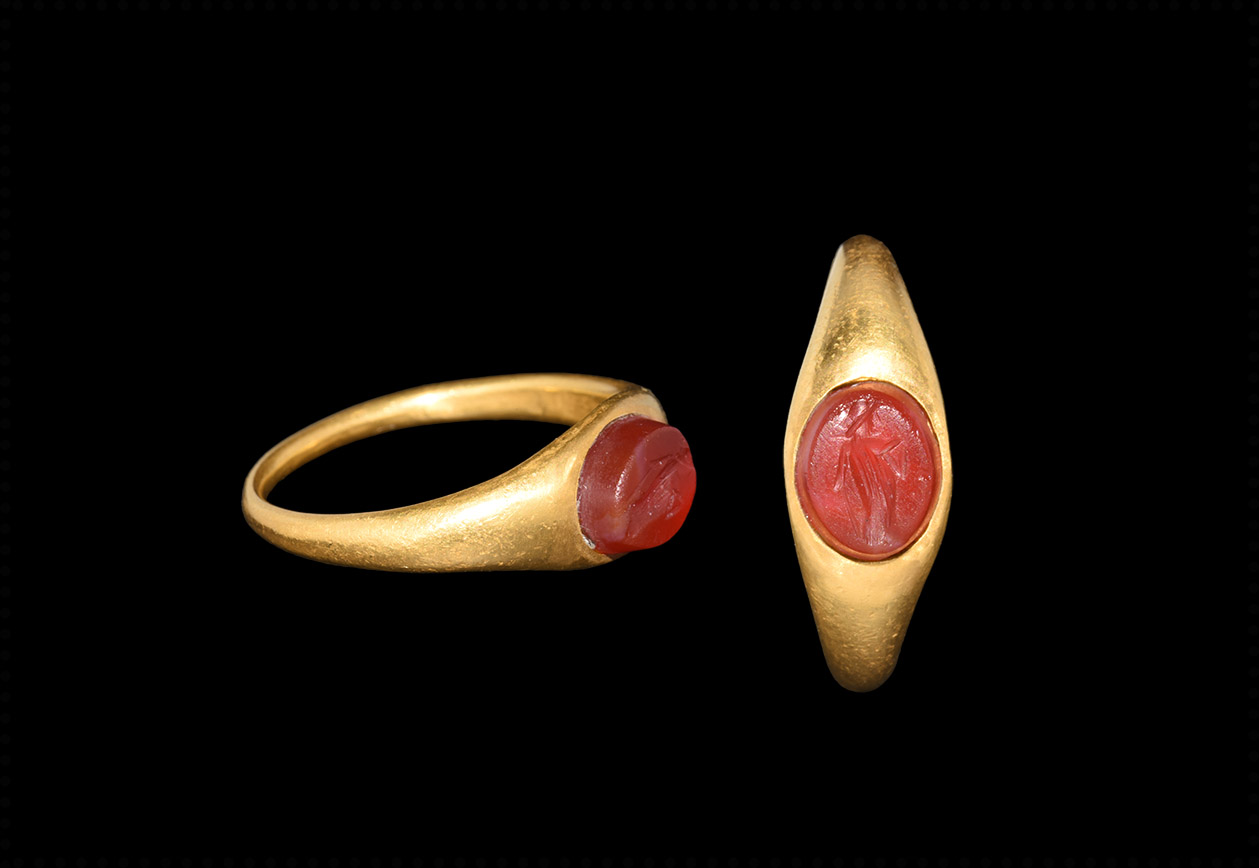
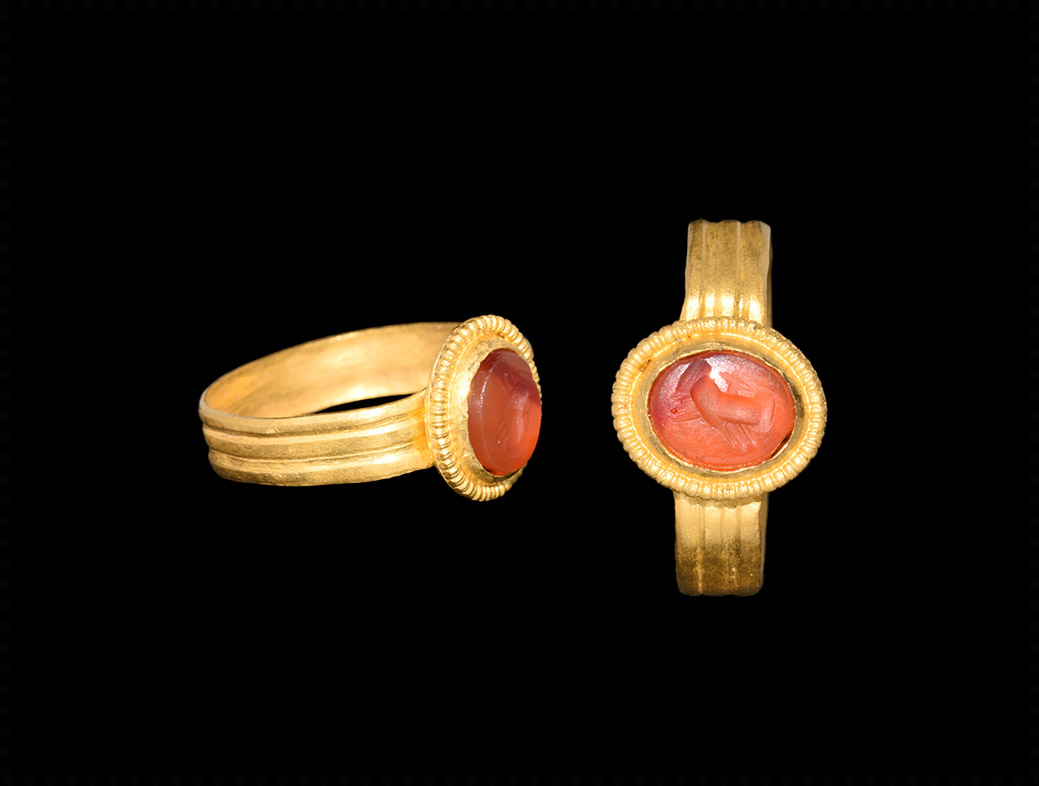
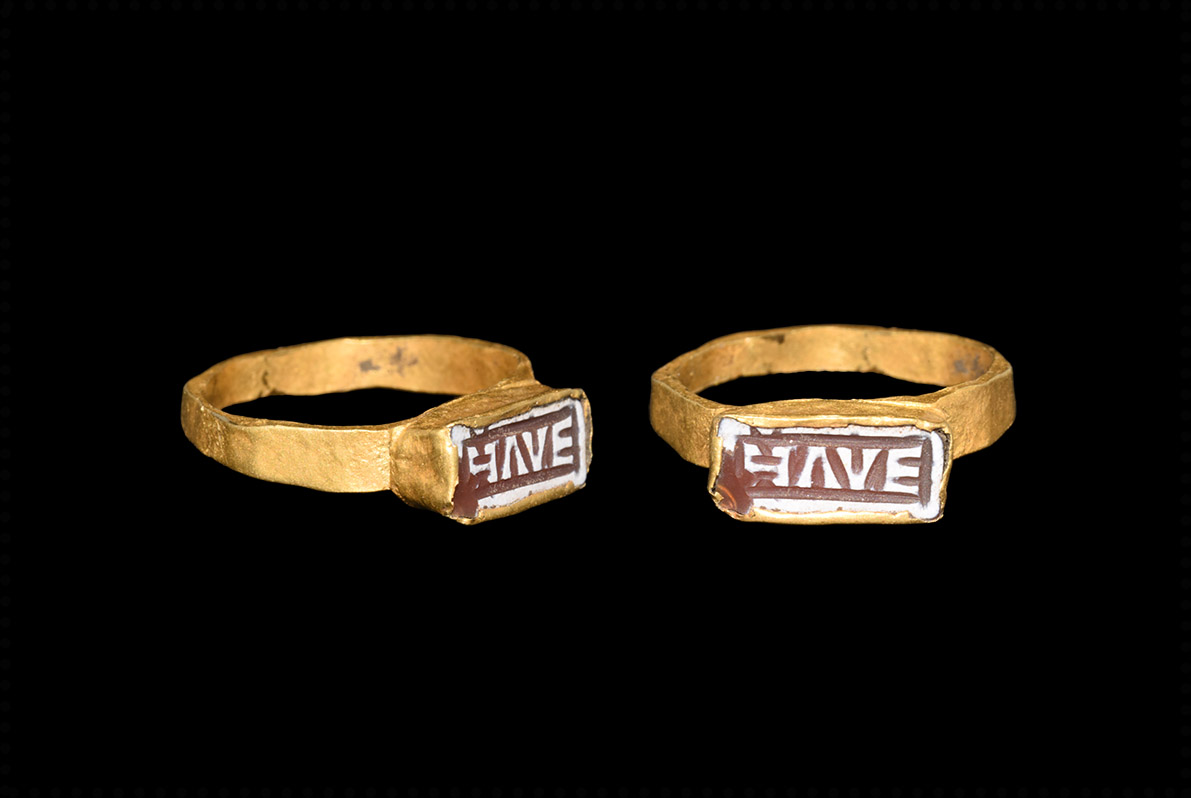
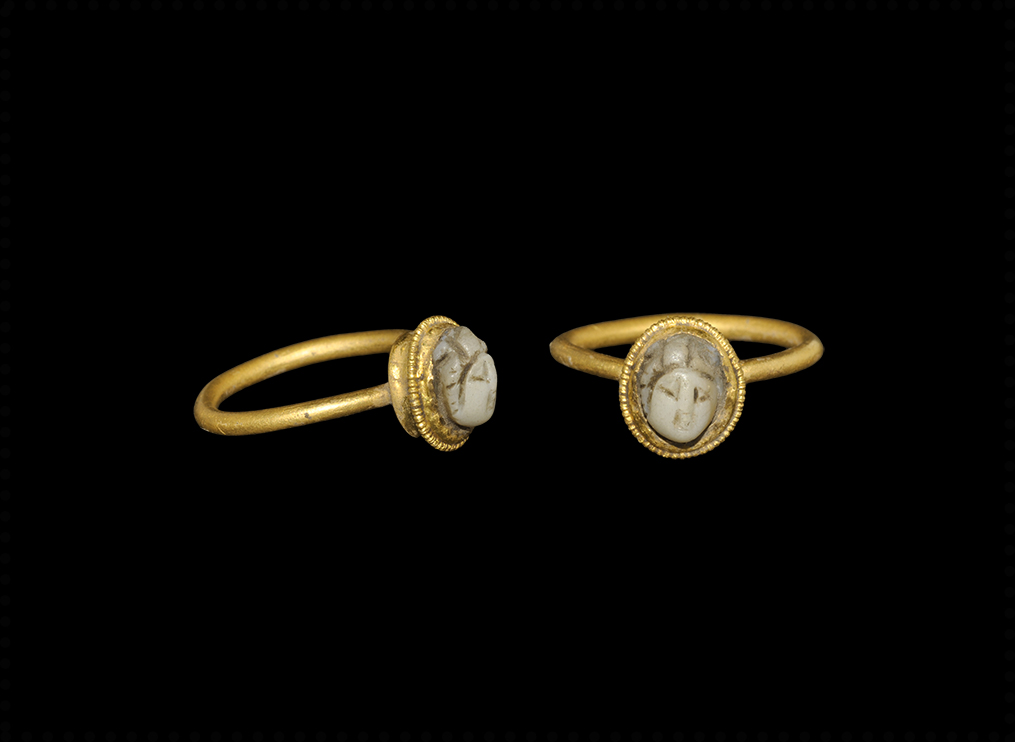
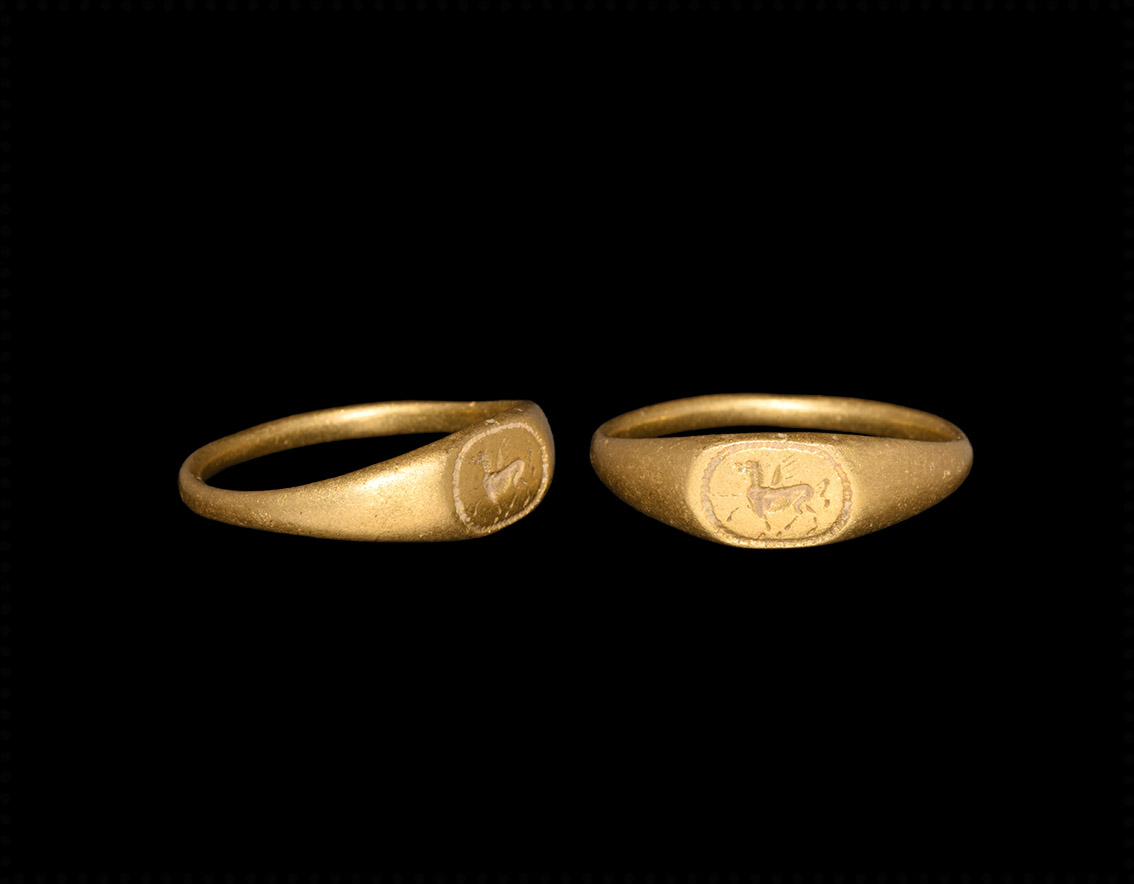
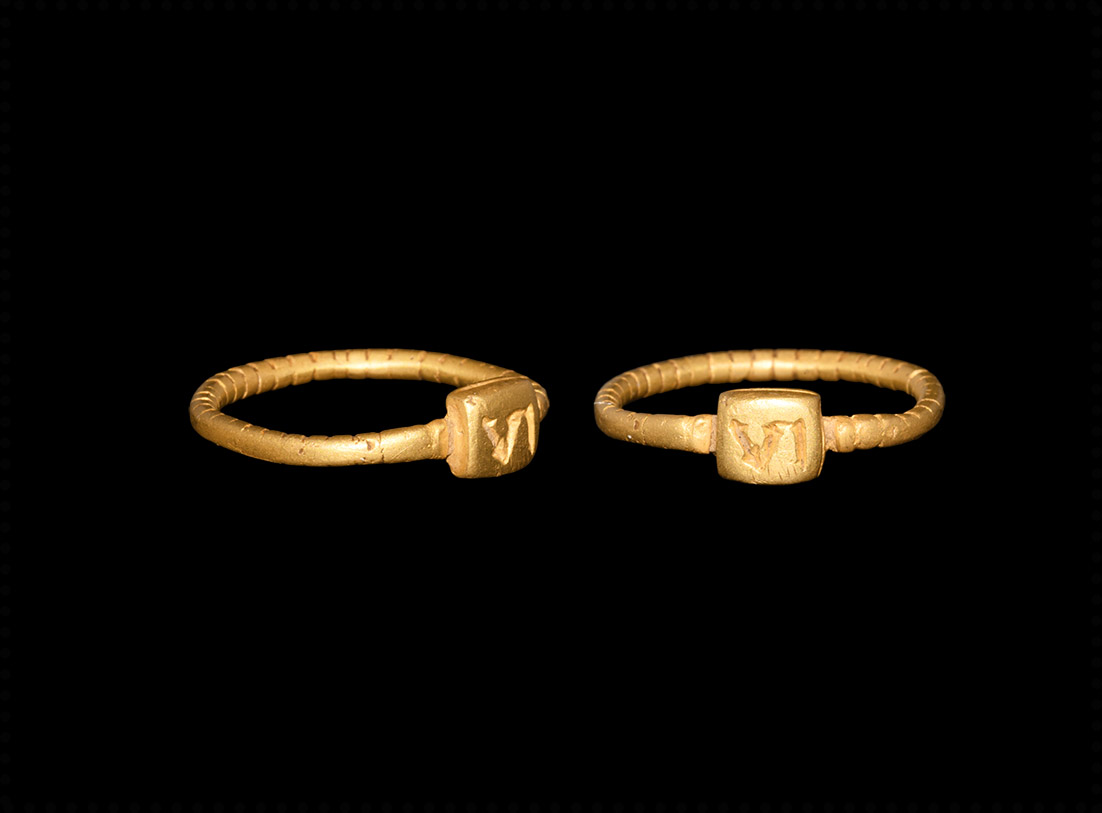
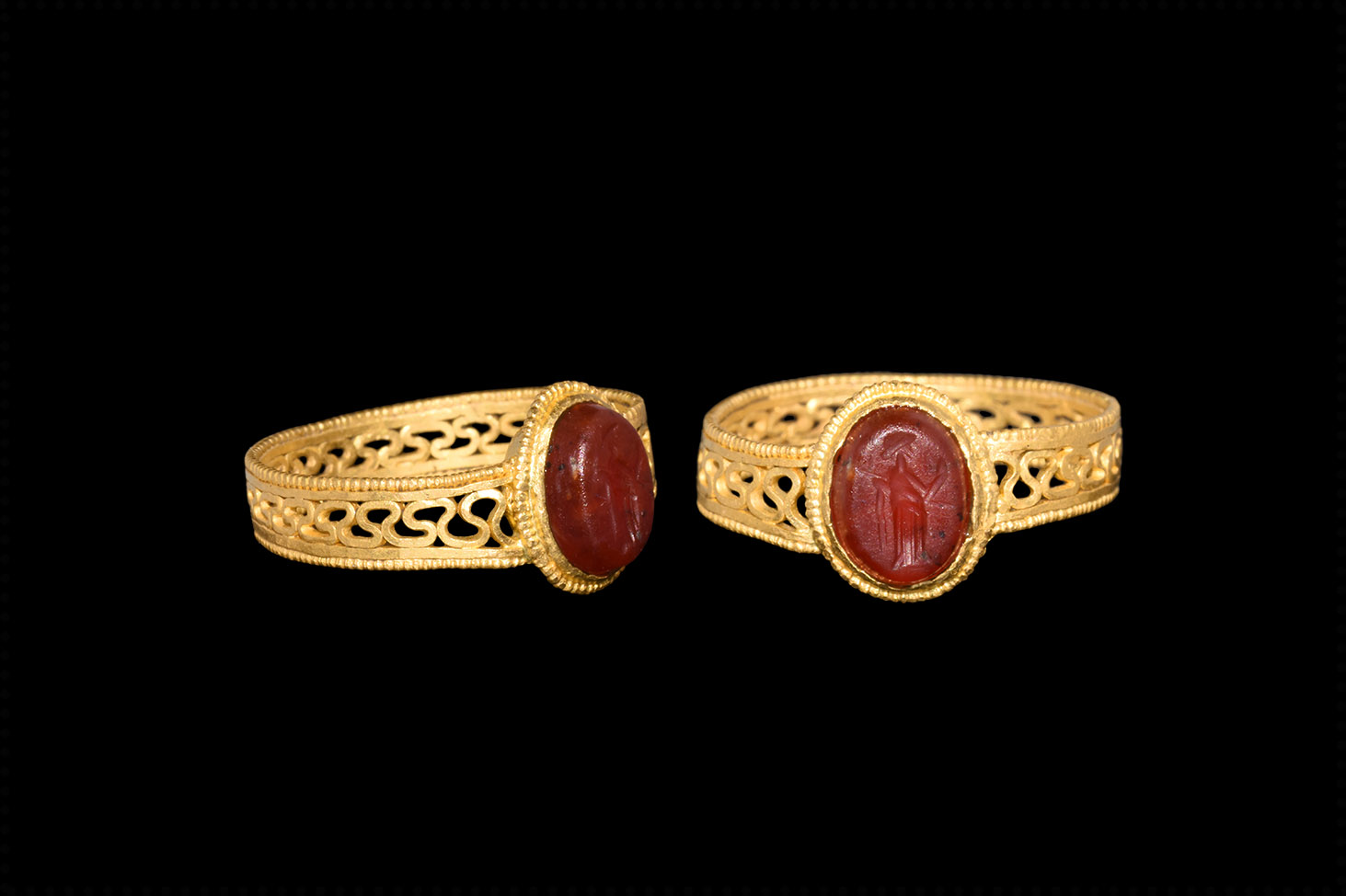
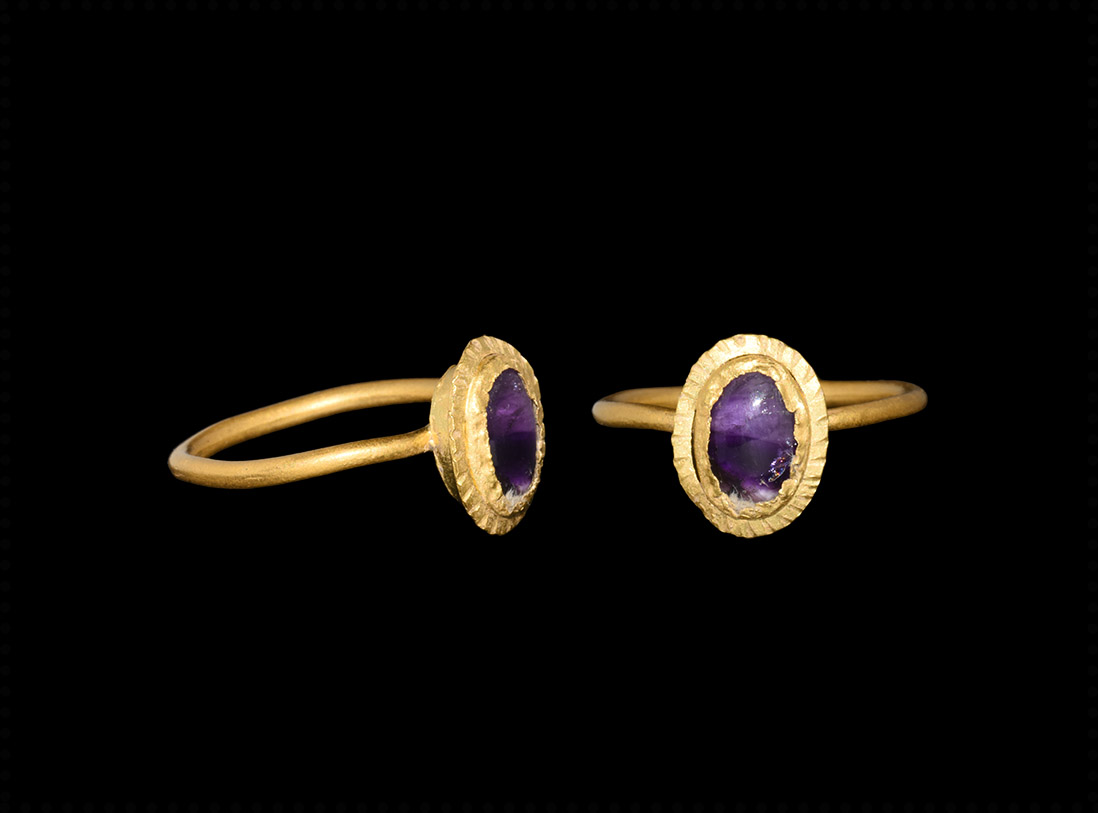
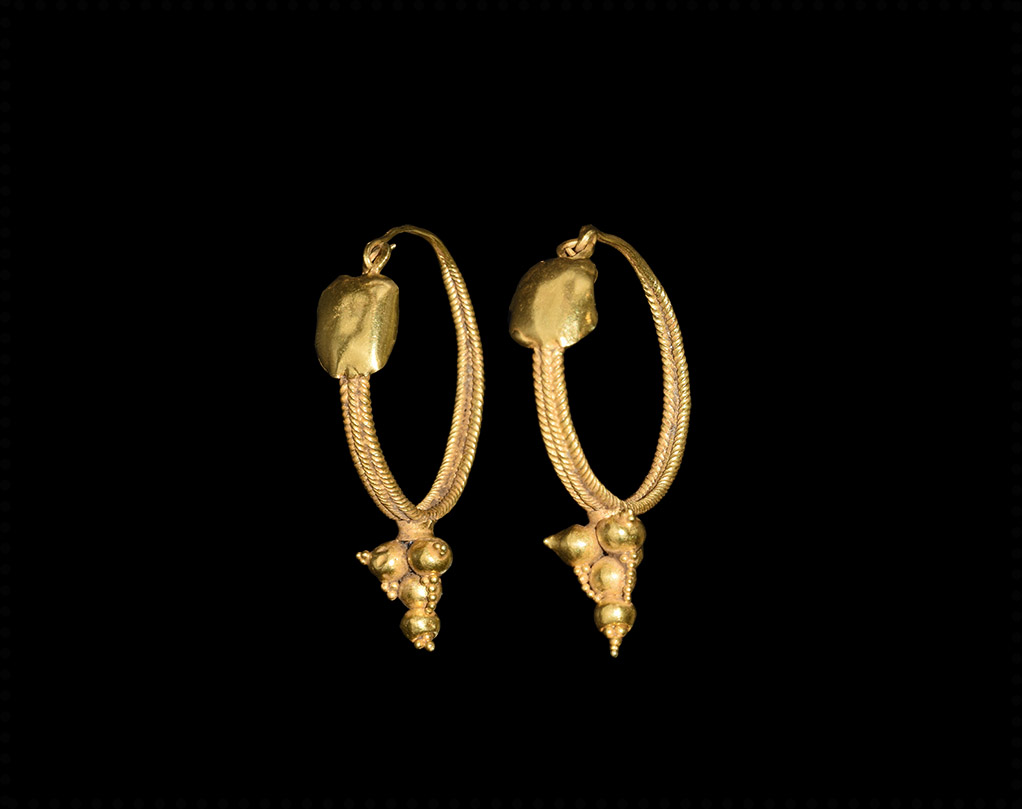
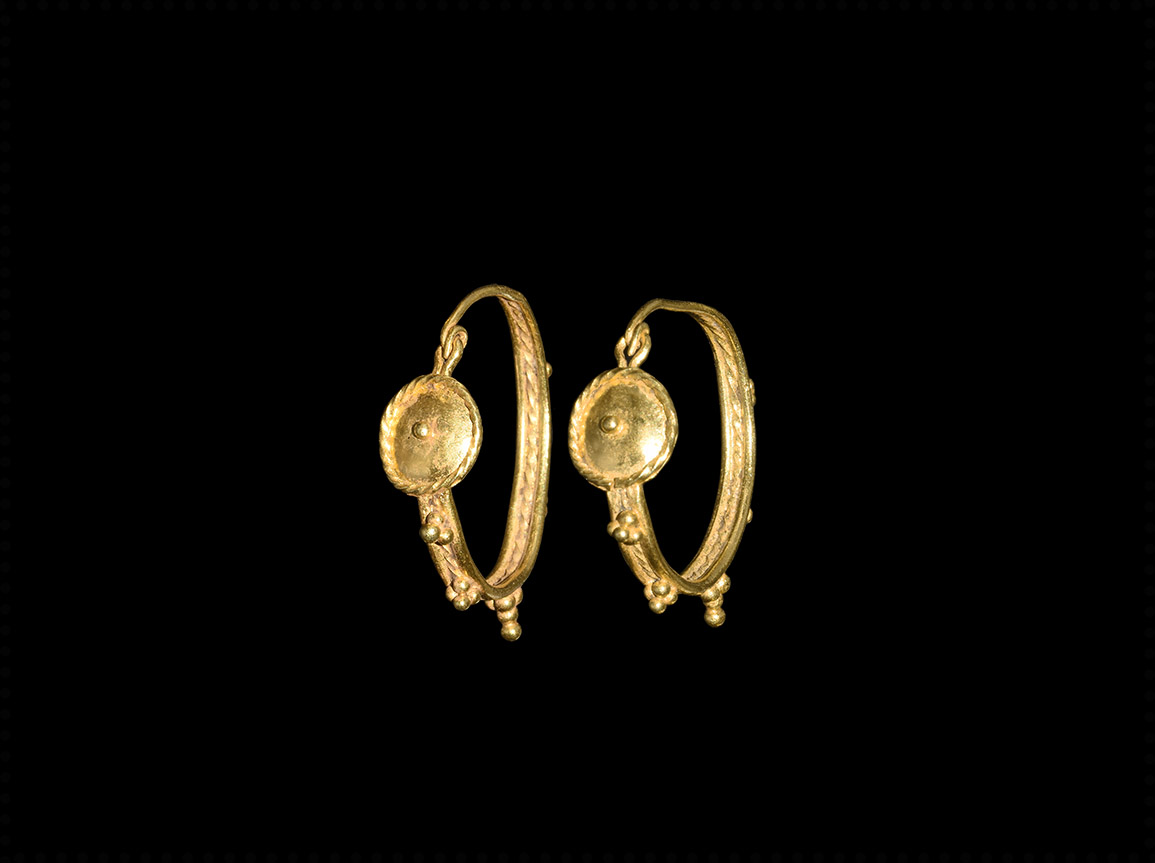
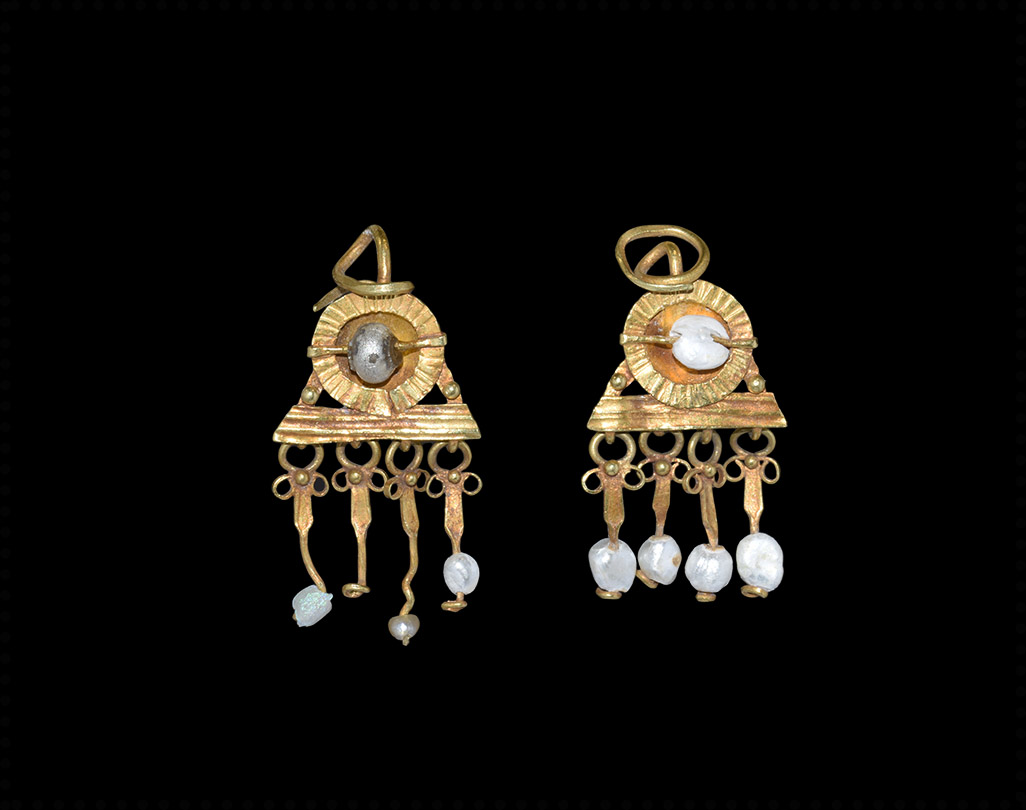
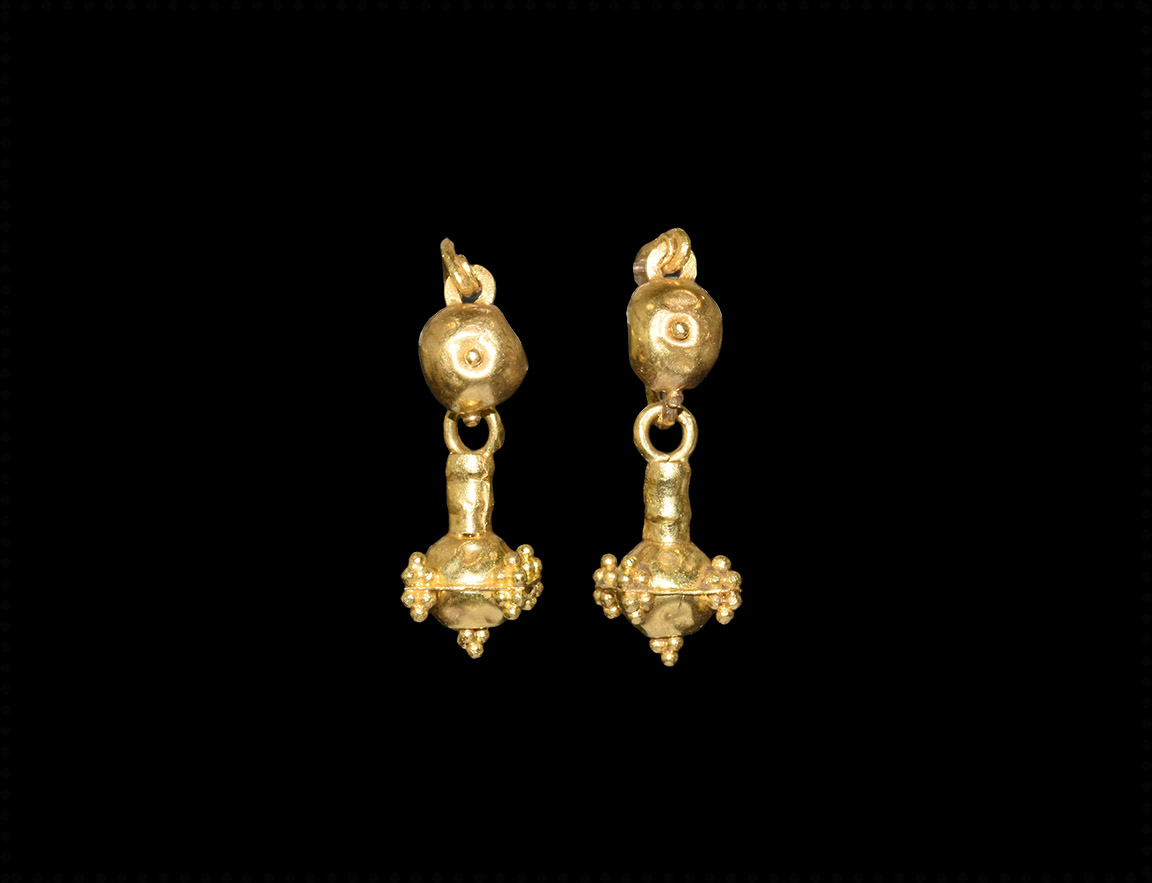
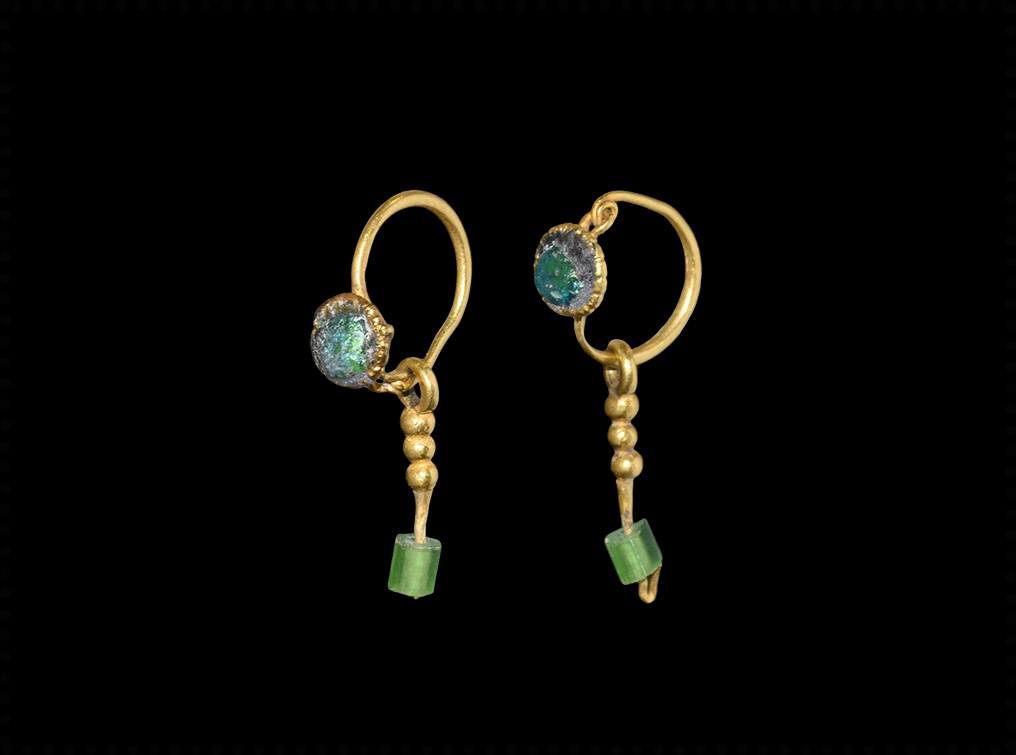
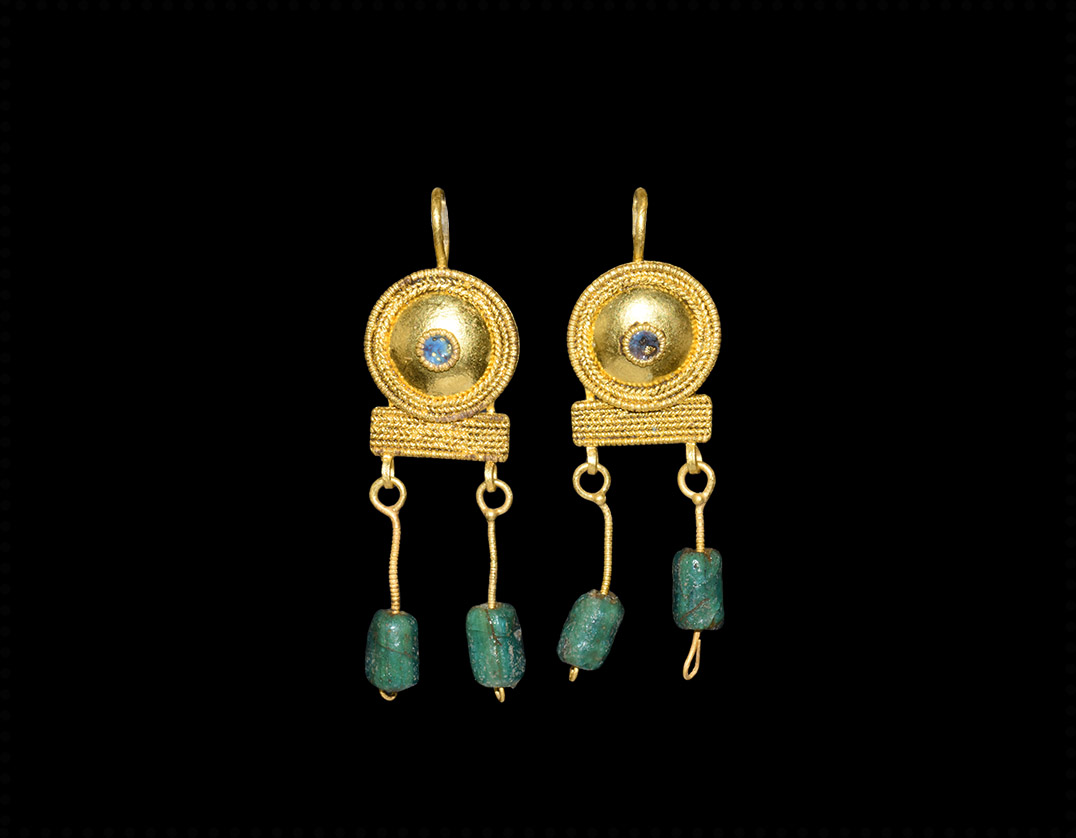
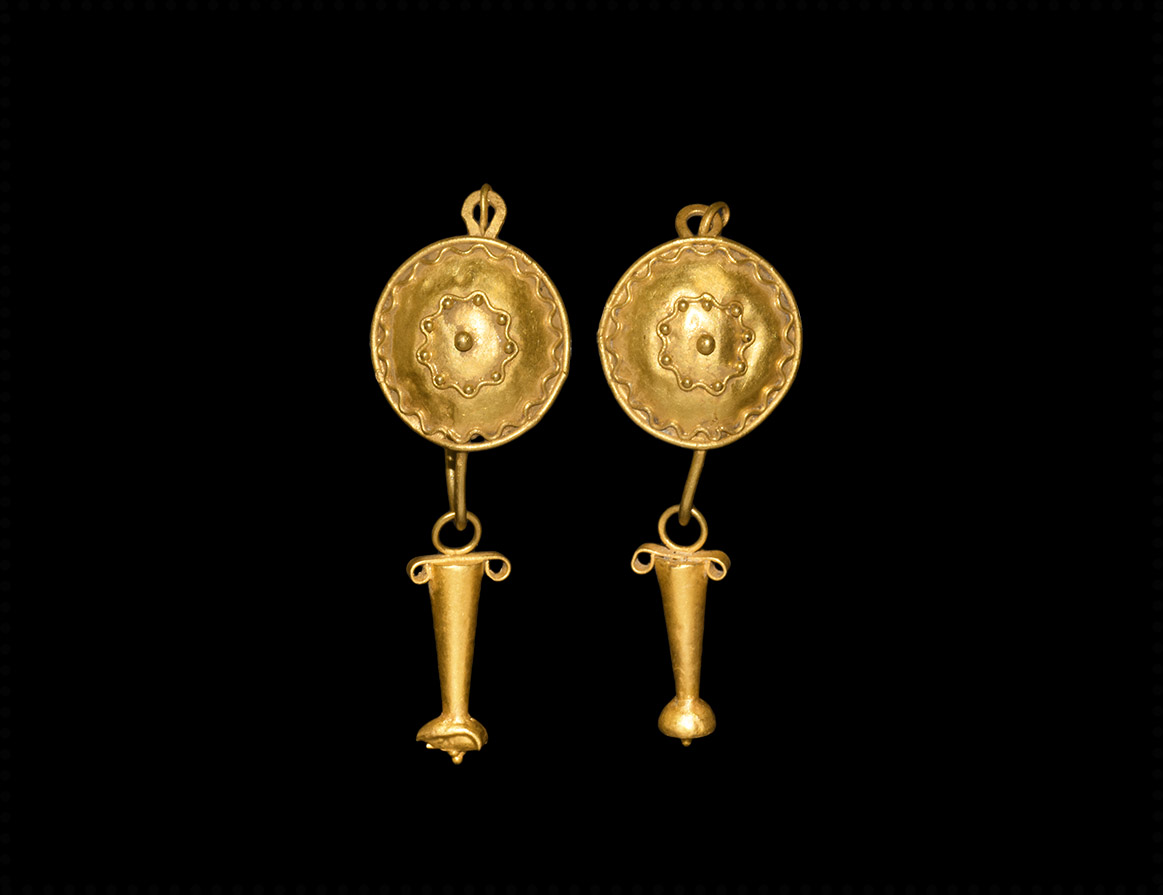
Try LotSearch and its premium features for 7 days - without any costs!
Be notified automatically about new items in upcoming auctions.
Create an alert